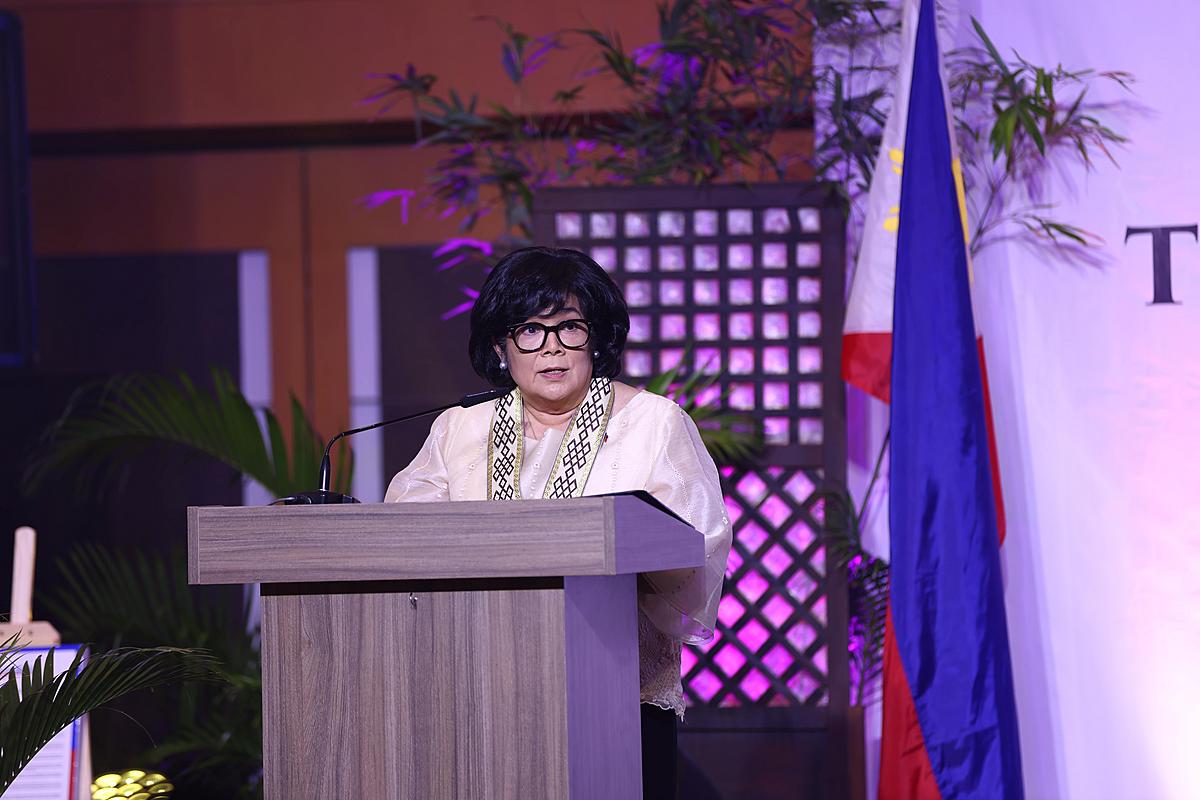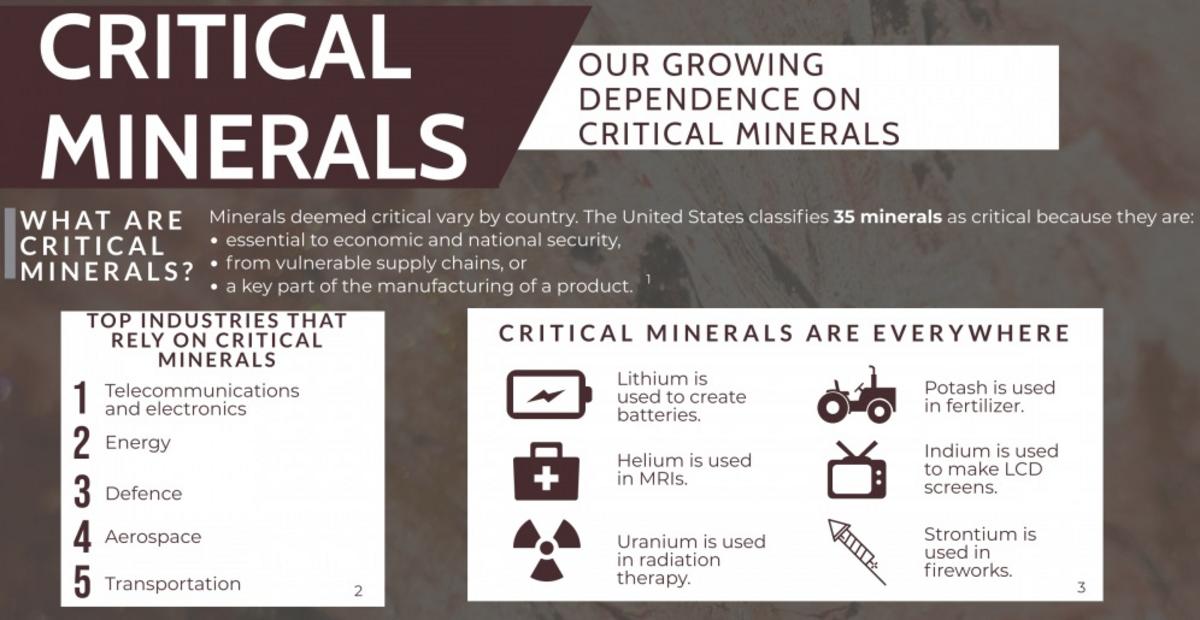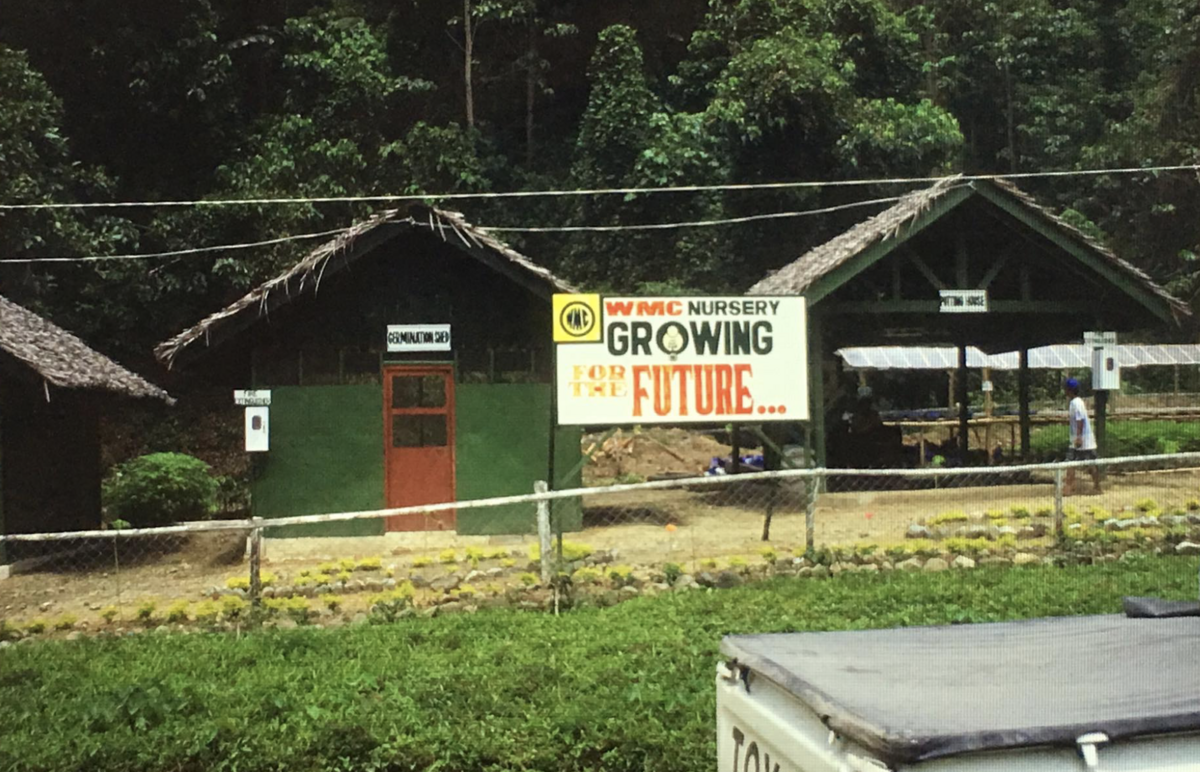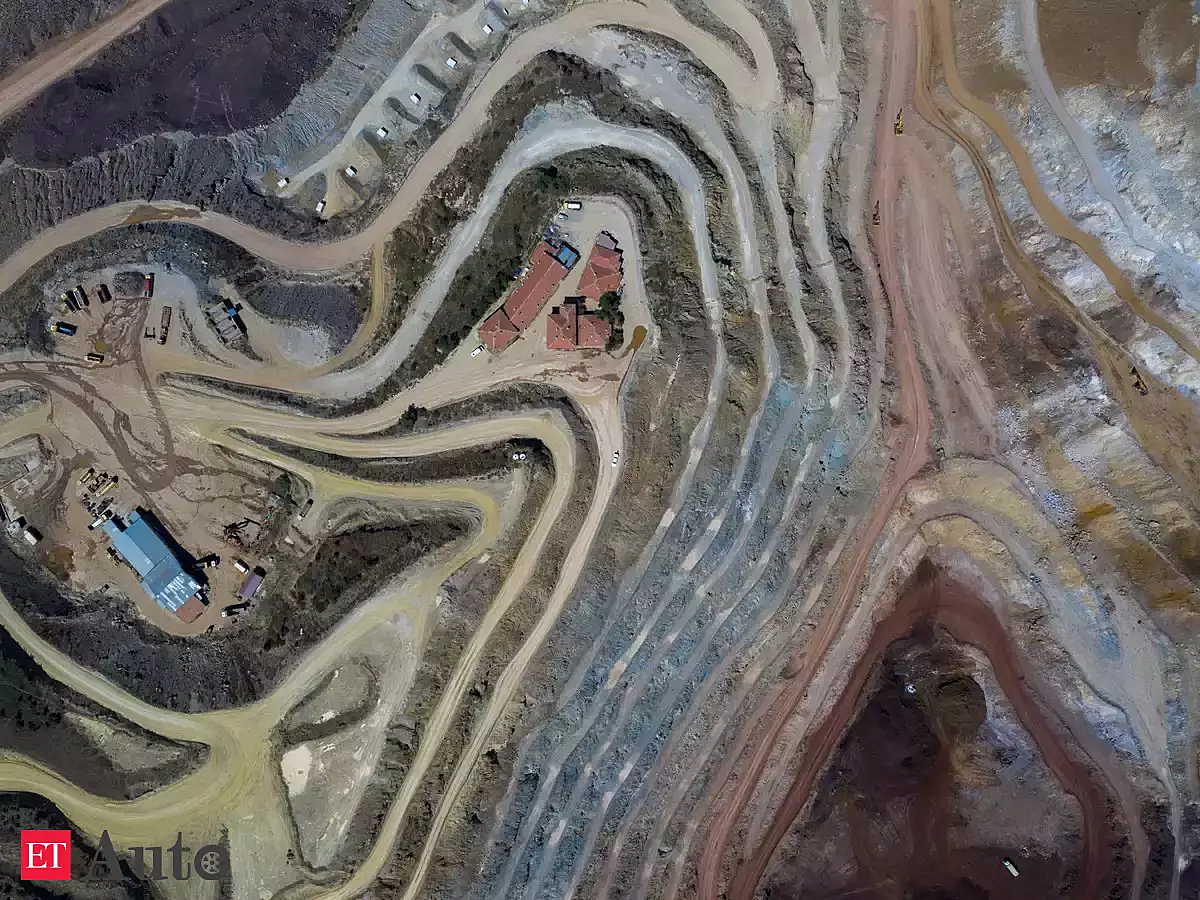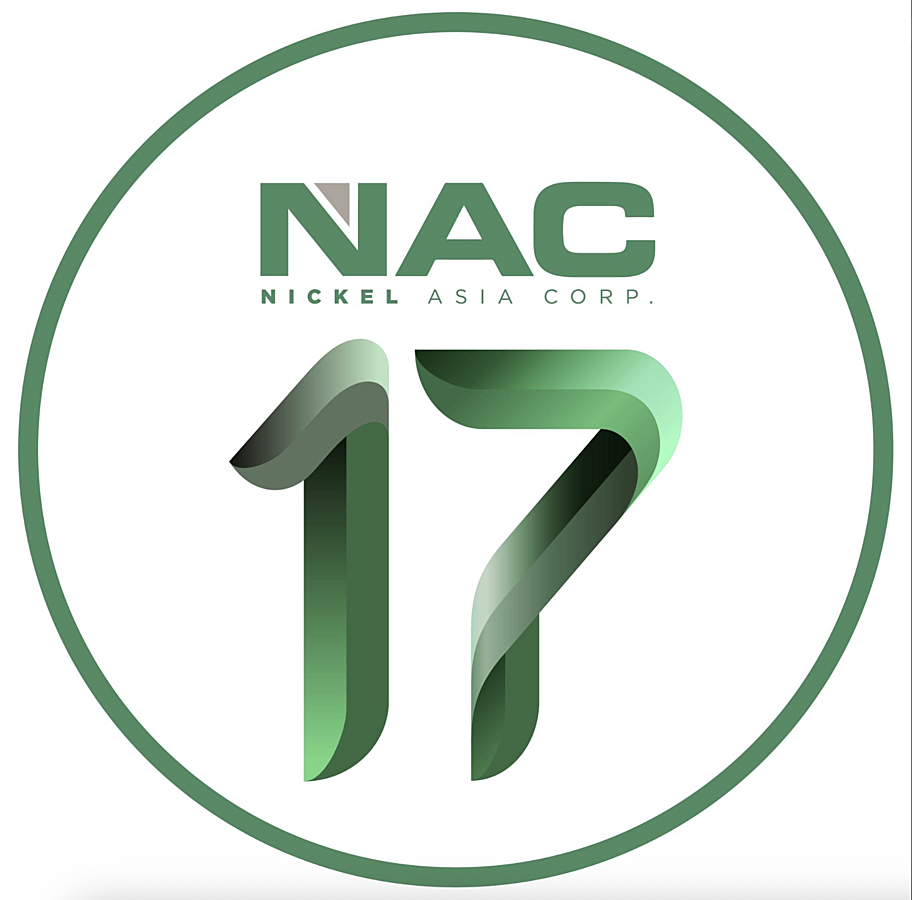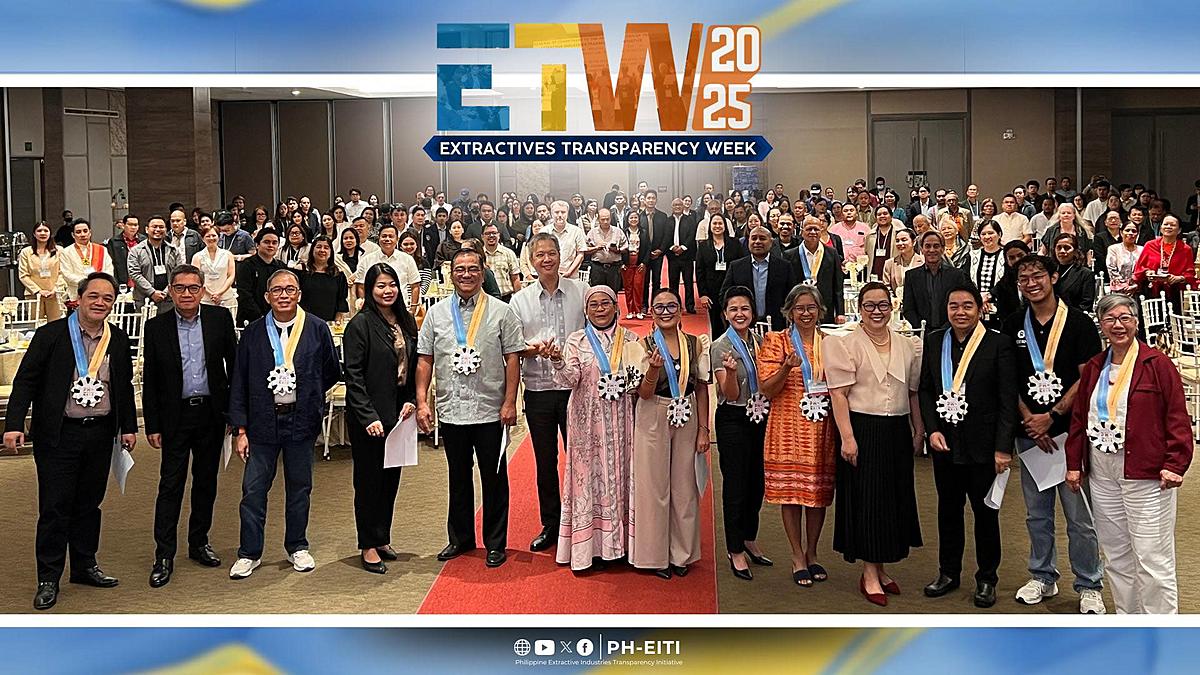The regulatory oversight of the mining sector is complex with multiple government administrative agencies and legislative bodies involved in the implementation and drafting of laws in relation to environmental, social, and governance matters. Through active monitoring and close coordination with the mine developer, government regulators can promote environmentally-safe, socially-acceptable operations and more transparent revenue collection. The Department of Environment and Natural Resources (“DENR”) plays a major role in the regulatory oversight of the mining industry but with the way the agency is structured it is also concerned with the other environment and natural resources sectors.
In mining alone, the DENR through the Mines and Geosciences Bureau (“MGB”) basically has its hand full in administering safety and environmental policies, enforcing compliance with its mineral license requirements, and tracking mine operators’ production and financial reporting. Little has been done to promote the mining industry to investors. This is one of the reasons why the country ranks so low in the Investment Attractiveness Index of the Fraser Institute’s Annual Survey of Mining Companies.
How can we expect the DENR to actively promote and regulate mining when it is busy fighting bush fires on many fronts? Generating headline news lately, the DENR has been doing damage control in numerous situations such as the Mindoro oil spill, Sibuyan mineral exploration operations, and lately the Manila Bay reclamation projects. The DENR also has suspended the acceptance, processing and approval of environmental compliance certificates (“ECC”) for offshore wind energy and floating solar energy projects pending the approval of new guidelines for these renewable energy projects.
What really caught the mining industry by surprise was the issuance of DENR Administrative Order (“DAO”) No. 2023-006, which mandates an ECC submission for Exploration Permits which clearly runs against Section 70 of the Mining Act of 1995. The said section states that: “Except during the exploration period of a mineral agreement or financial or technical assistance agreement or an exploration permit, an environmental clearance certificate shall be required.” The industry set forth position papers/comments to the DENR with the Chamber of Mines of the Philippines requesting to put the DAO on hold while a meeting with the DENR Secretary Antonia Yulo-Loyzaga, is being arranged.
Meanwhile, the Offshore Mining Chamber of the Philippines is urging the DENR to grant a certification of non-objection to the Memorandum of Cooperation between the Department of Trade and Industry and Japan’s Ministry of Economy, Trade and Industry. Despite being requested to sign off on the memo since February of the previous year, the DENR has not taken any action on the matter.
According to Sec. Loyzaga, the DENR will have a “reorganizational transformation”, moving away from its previous mandate of being a “regulatory” body towards an agency that is science-led and focusing more on the “protection, enhancement, preservation, rehabilitation and regeneration of the environment.” Under her administration, the DENR would be more “science-based with more emphasis on what we need to do to actually maintain from ridge to reef our ecosystems so that they can support community life, business, and all the other activities that are really dependent on the use of natural resources.”
Clearly, those are inspiring words from the former executive director of the Manila Observatory from 2007 to 2016, even if Sec. Loyzaga’s educational background is in political science with a graduate degree in government. Her management of institutions staffed by scientists in the past surely have given her the experience in administering a research institution but running a highly-technical, regulatory body like the MGB and promoting mining investments are altogether a different ballgame.
Also, many industry players lament the phase in which Exploration Permits (“EP”) are being granted by the DENR since the assumption of the new administration. The Philippine Mining and Exploration Association reported that so far, the DENR only managed to give clearances for the approval of five (5) EPs and one Operating Agreement in late July 2023 resulting in the issuance of three (3) EPs and one Operating Agreement. Greenfield exploration is the backbone of the industry since new mineralized areas are needed to be discovered to replace dwindling and depleting production from existing mine sites. At the same time, regional directors of the MGB are being moved and reshuffled to different regional offices with alarming regularity. While this movement may be administratively justifiable, it nevertheless creates the impression that there is no stability in the agency.
Negative news doesn’t help either as this only confirms the perception of the uninformed public that mining is a destructive activity whose environmental and social track record far outweighs its financial benefits. While there are tensions between the objectives of attracting investment into mining and protecting the environment and the local community, evidence shows that it is possible to have both strong environmental and social regulations and a favorable investment environment in mining. Fiscal revenues are one of the major reasons why the Philippine government seek to promote the growth of this industry, but the government is now obliged to make its strategies for managing its mineral resources consistent with its commitments to sustainable development.
No matter how much effort our government financial bureaucrats are harping about the role mining will play in national economic recovery, the ambiguous nature and function of the DENR prevent them from convincing investors to put in the needed risk capital to new exploration and mining ventures. Regulation of the mining sector requires highly technical professionals with skills that span the range of oversight subject matter e.g., environmental, social, occupational safety and revenue collection.
The present setup of the DENR, which mandates it to promote investments in the minerals industry through the MGB and at the same time, enforce national environmental laws through the Environmental Management Bureau, makes it difficult for the department to actively work for a robust industry. The DENR, with the way it is structured, has too much on its plate and the promotion of the mining industry is in many instances not on top of the list of the department’s priorities.
Establishing a National Geological Survey
We have seen how DENR regulators are often bogged down by the sheer volume of monitoring, inspections, and extension work required resulting in less time spent on assessing the mineral resource potential of the country, arguably the primary mandate of a department handling the mineral industry.
One method to attract investment is by providing modern geological information to investors and this can be adequately fulfilled by a national geological survey where our government can maximize the country’s mineral wealth by providing high quality and actionable mineral data to potential investors. The success of this undertaking will of course depend on how the government collects, analyzes, and shares the information. Usually, the practice followed by most major mining economies is to establish a geological survey either an independent agency or vest its functions in a bureau within a larger agency or department.
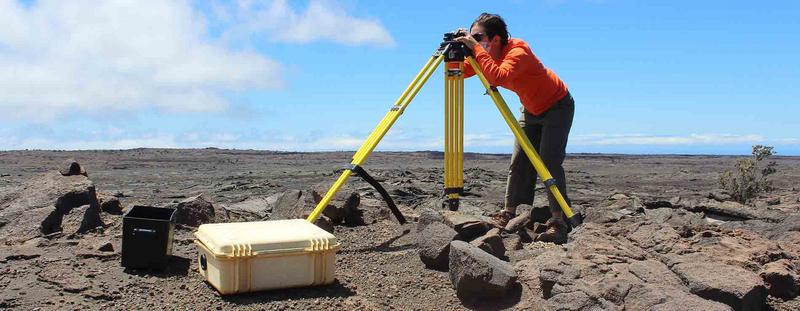
A national geological survey is a government institution that focuses on publishing geoscience research to make them accessible to public and private sector stakeholders. Historically, governments have established geological survey agencies to understand their natural resource potential and mitigate disaster risks arising from geologic hazards. These eventually evolved into the identification of resource potential and calculation of mineral and energy reserves. The agencies then became providers of information to promote prospecting and exploration activities. These helped to accelerate investment in all stages of the resource life cycle—from resource management through project development to production. In performing their geological record keeping function, geological surveys often draw on information submitted by developers, who sometimes provide these data pursuant to their obligations in the rights acquired from the government.
Database and information management is crucial in the collection, review, maintenance, and promotion of data from geological surveys and submissions by resource companies. The management system commences with a sound baseline geological information which includes results from systematic surface and subsurface geologic mapping and surveying particularly of basins and rock formations that have mineral and hydrocarbon potential. Data and information management also defines how, and in what format, data are created, collected, stored, and shared. Data taxonomy defines standards including national and international policies, to sort and organize data. Finally, data archival and disposal address the integrated data environment, which encompasses the physical and/or digital locations for data storage, usage, and disposal.
Mineral resource assessments identify specific mineral prospects and are used as tools to help quantify the potential of mineral deposits. Geological survey is a public resource that provides feedback to private investors on mineral data and resource potential. The data and information from the survey can be used to conduct resource assessments of the mineral potential of an area especially during the initial exploration stages. Down the line, it also helps in locating and estimating the size of a mineral deposit during early mine production.
The geological survey also advises the government on economic and environmental issues using expertise in areas such as resources and geo-hazards data and information. On the academic side, it helps advance education by working in conjunction with university geoscience departments to advance research, and may award grants, scholarships, and fellowships to conduct research or aid survey activities.
As I have emphatically written in my previous commentary, it is now high time for Philippine legislators to remove the mining regulation function from the DENR and attach it to a super regulatory body called the Department of Mines and Energy. This set-up is the norm in many jurisdictions where the administrative body regulating extractive industries is detached and totally independent from the environmental protection agency.
By having a unitized department solely focusing on the administration of extractive resources and backed by a national geological survey, the government can effectively regulate the mineral and energy industries and prudently manage fiscal revenues in a way that addresses the volatility of these revenues. This merged department can also advise the government on how to invest these revenues in long-term development – social, infrastructure investments, financial savings and economic diversification. The government can then invest the resource revenues in a way that increases or does not deplete the national wealth, into infrastructure, education, social services, diversified financial instruments and other alternative sources of growth. Tools such as Strategic Environmental and Social Assessments and Cost-Benefit Analyses can assist in assessing the overall impacts of mining – not just financial.
The opportunities for growth around the green energy transition and digital transformation multiply and mineral-rich developing countries like the Philippines can play a crucial role in realizing a low-carbon, inclusive, and resilient future. To attract investors, the Philippines must embrace environmental, social, and governance standards that protect communities and the environment. The government must also have to plan and invest strategically to decarbonize resources production and ensure competitiveness in a low-carbon economy. Despite pressures to produce more minerals, the government can then decide to use the land and natural resources for alternative purposes that preserve the environment and promote sustainable economic activities using renewable resources.
Fernando “Ronnie” S. Penarroyo specializes in Energy and Resources Law, Project Finance and Business Development. He is also currently the Chair of the Professional Regulatory Board of Geology, the government agency mandated under law to regulate and develop the geology profession. He may be contacted at fspenarroyo@penpalaw.com for any matters or inquiries in relation to the Philippine resources industry and suggested topics for commentaries. Atty. Penarroyo’s commentaries are also archived at his professional blogsite at www.penarroyo.com
References
“Energy Resource Governance Initiative Toolkit”, https://ergi.tools
“Enhancing Well-being in Mining Regions: Key Issues and Lessons for Developing Indicators”, https://www.oecd.org/cfe/regionaldevelopment/Wellbeing_MiningRegions_3rdOECDMeeting_PreConference.pdf
Go, Marianne, “Science-led DENR”, The Philippine Star, 23 June 2023, https://www.philstar.com/business/2023/06/23/2275812/science-led-denr

